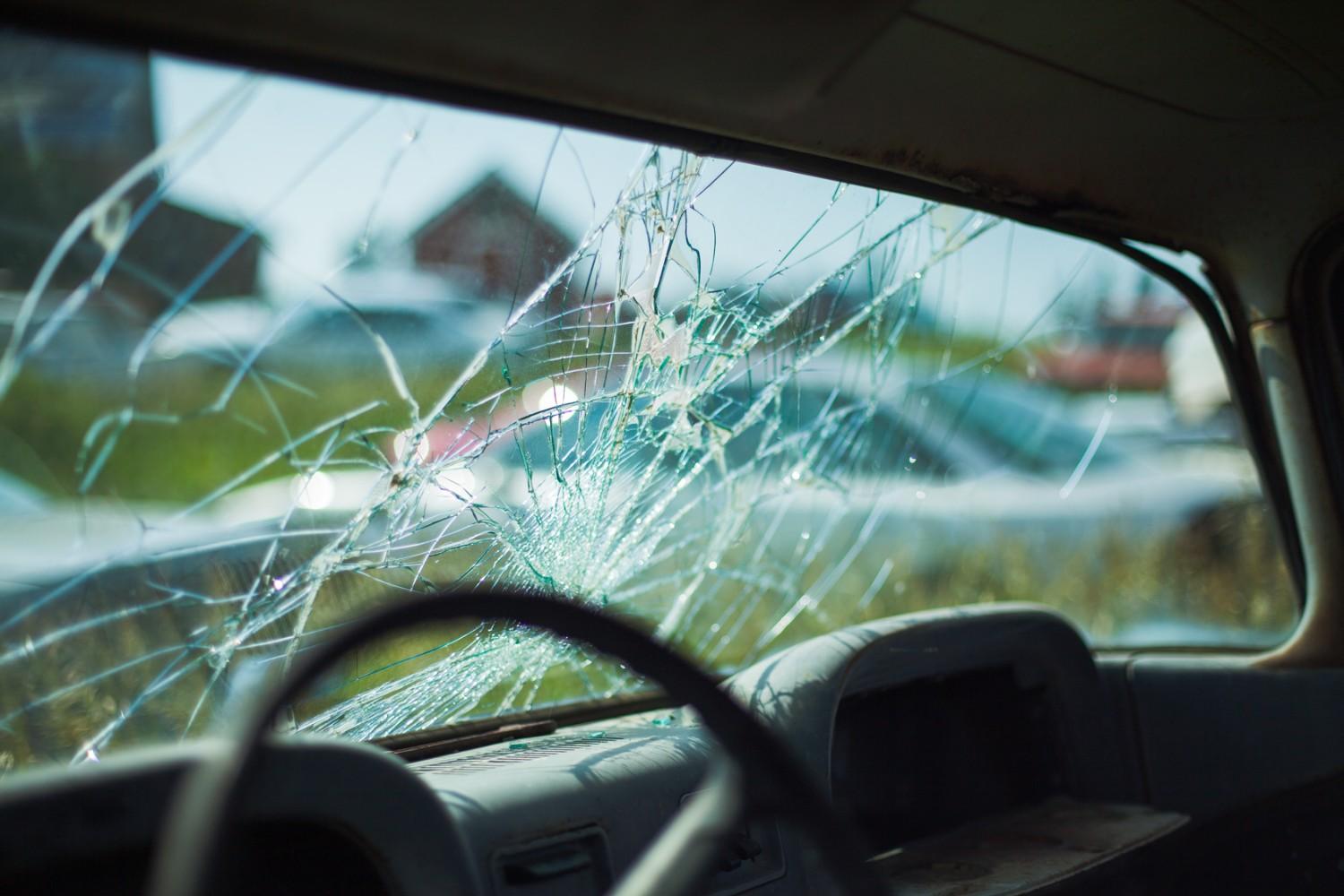When you think of vehicle safety, seat belts, airbags, and brakes might come to mind. However, one of the unsung heroes of your car’s safety ecosystem is the windshield. Often perceived merely as a shield against wind, rain, and road debris, your car’s windshield is a critical component of structural integrity and driver visibility. Unfortunately, it’s also susceptible to damage from pebbles, temperature changes, and accidents. While a small chip or crack might seem like a minor annoyance, it can significantly compromise your vehicle’s safety in ways you may not have considered.
The Structural Role of Your Windshield
The windshield is not just a piece of glass; it’s a vital safety feature. It provides up to 60% of the roof crush protection in a rollover accident. In the event of a collision, the windshield contributes to the structural integrity of the car, helping to prevent the roof from caving in. This is why it’s imperative to ensure that your windshield is not only well-installed but also free from damage that could weaken its structural support.
Visibility Concerns with Windshield Damage
Visibility is paramount to safe driving. A clear, unobstructed view allows you to react to road hazards, changing traffic conditions, and other drivers. Windshield damage in the form of chips or cracks can significantly impair your visibility, especially if it’s in your line of sight. Light reflection on the damaged areas can also lead to glare, further reducing your ability to see the road clearly. In some cases, the damage can even distort your view, making objects on the road appear closer or farther than they actually are.
The Compromise to Safety Features
Modern vehicles are equipped with advanced safety features, many of which rely on the windshield. For instance, windshield-mounted cameras and sensors are integral to the functionality of advanced driver assistance systems (ADAS) like lane departure warnings and automatic emergency braking. A damaged windshield can misalign these systems, leading to inaccurate readings and ineffective assistance technologies.
Moreover, the windshield plays a crucial role in airbag deployment. In many cars, the passenger-side airbag deploys upward and bounces off the windshield to protect the occupant. A compromised windshield may not support this force, leading to ineffective airbag deployment and increasing the risk of injury during an accident.
Legal and Financial Implications
Driving with a damaged windshield isn’t just unsafe; it can also be illegal. Many regions have specific regulations about windshield condition. A visibly damaged windshield can lead to traffic citations and fines. Additionally, if a compromised windshield leads to an accident, it could affect your insurance claims, potentially leading to higher premiums or even denial of coverage in certain circumstances.
While it’s easy to overlook a small chip or crack, the risks associated with driving with a damaged windshield are significant. From compromising structural integrity and visibility to impairing crucial safety features, the potential hazards make it clear that windshield damage is not just a cosmetic issue but a serious safety concern. Addressing windshield damage promptly isn’t just about maintaining your car’s appearance; it’s a critical aspect of maintaining its safety features and ensuring the protection of everyone on board.
As a vehicle owner, prioritizing windshield repairs is a straightforward yet crucial step you can take to enhance your safety on the road. Remember, when it comes to windshield damage, it’s not just about what you see; it’s about ensuring the unseen safety features continue to function as intended, protecting you and your passengers every time you hit the road.

